qquake
Member
I have been using Meguiar's PlastX for several years now as a final polish for acrylics. Very happy with the results. But I'm always up to try something new and better. Is there anything better than PlastX?
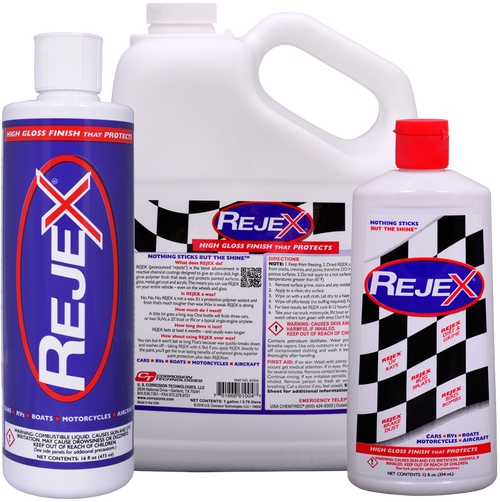
It is just the final step and can use any wax. The 105 and 205 does the polishing.Rejex isn't available in California.

RejeX high gloss finish that protects
RejeX is a high gloss paint sealant utilizing a proprietary polymer technology to provide unmatched shine and protection for vehicles of all kinds.rejex.com
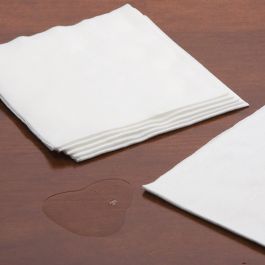

There is also this

Renaissance Wax Furniture Polish Solvent Based Clear 7 oz 200 ml | Woodcraft
Preserve and shine your furniture with Renaissance Wax Solvent Based Clear Polish. Perfect for wood, antiques, and more. Buy online or in a Woodcraft store!www.woodcraft.com
I cannot explain your sticky mess, but I can guess that you maybe waited too long to buff it off. You only have about 8 seconds. So, wipe it on, and buff it off. No sticky mes on ANY of my pens, or those who recommended to me.I tried that once. It just made a sticky mess.
I do mine with it spinning on the lathe. I've always used paper towel. He said that might be why I get tiny scratches sometimes. He's going to let me try a couple of his pads. I'll report back.
Paper towels normally contain cellulose and can be very abrasive. That's the reason for those micro scratches.I do mine with it spinning on the lathe. I've always used paper towel. He said that might be why I get tiny scratches sometimes. He's going to let me try a couple of his pads. I'll report back.

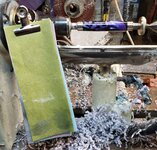

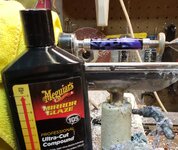

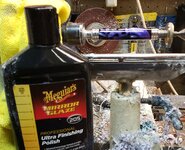



Maybe just a point of reference for newbies if they want it.It's working for me. There are no scratches after polishing. Part of the reason I use sandpaper is for final shaping and smoothing.
